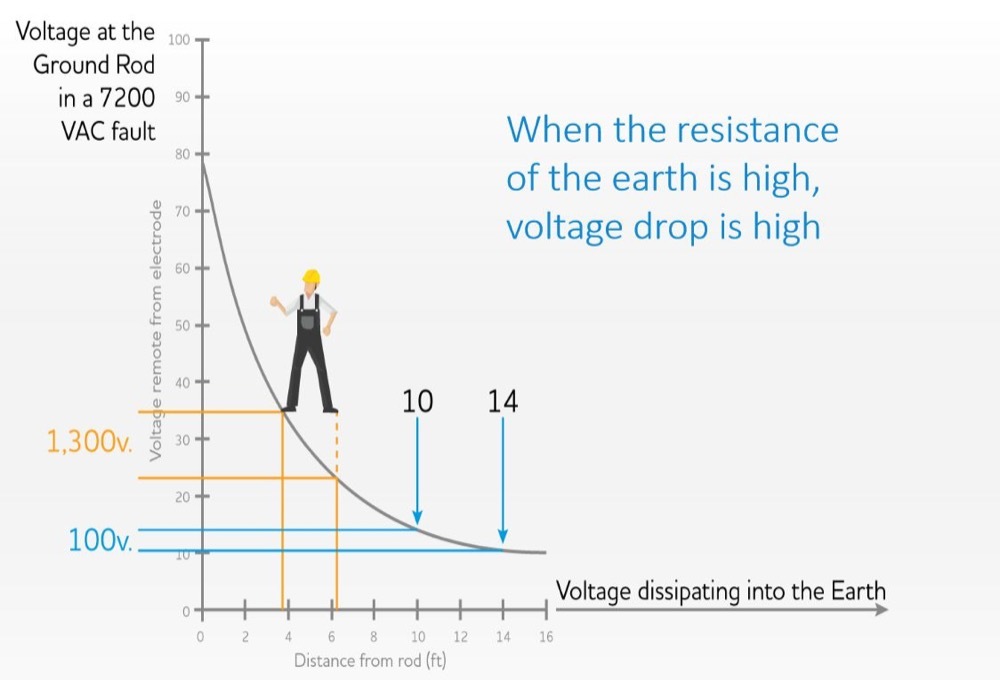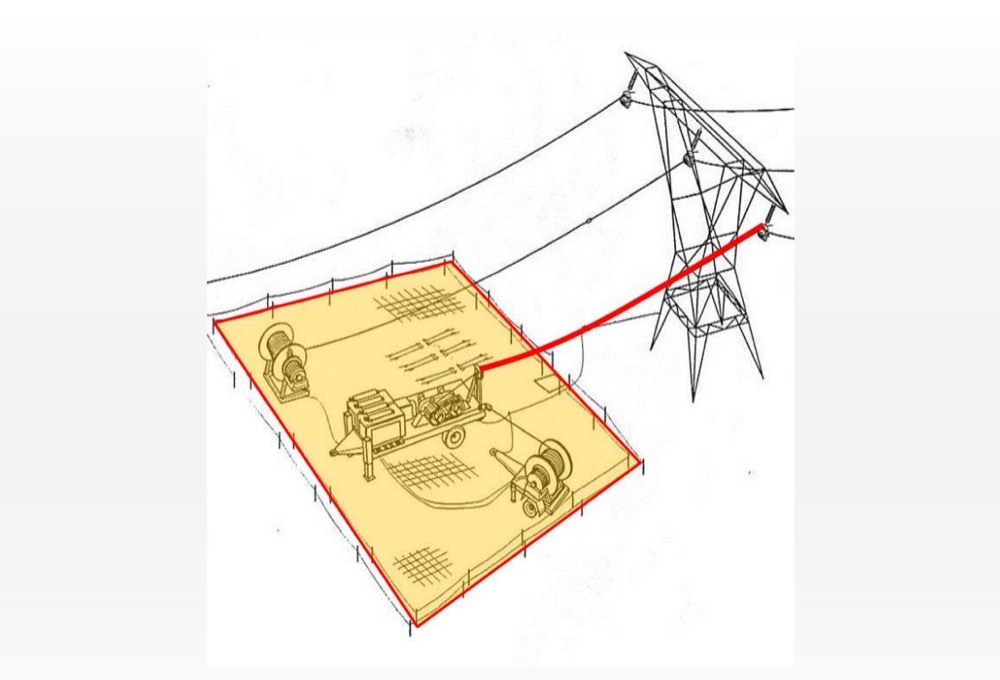Electric Utility Grounding: What You Don't Know Can Hurt You

Electric workers, especially lineman, use grounding systems on a regular basis as a protective measure against electric shock. Many electric utility workers have been performing certain grounding principles for decades, but in recent years some safer practices have been discovered. It’s important to stay on top of these changes.
Jim Vaughn and Danny Raines are experts in the electric utility industry and seasoned safety professionals. They’ve filled us in on some crucial grounding principles, including some that have been updated in recent years. Here’s a summary of what they had to say:
What is utility grounding?
Grounding for the purpose of protecting employees has two main requirements:
- To cause immediate operation of protective devices in case of accidental energizing of the lines or equipment
- To prevent each employee from being exposed to hazardous differences in electrical potential
It’s important to note that utility grounding is different than permanent grounding. Permanent grounding systems in buildings are installed so that no current flows except in fault conditions. However, in utility grounding systems current always flows, even in permanent grounds.
Facts About Grounding
- Equipment grounds can kill you even in absence of a fault.
- High voltage will still appear on grounded wire or equipment in a fault, it just won’t stay hot as long because it trips.
- At the “earthing” point, there will be voltage gradients extending out to 15 feet or more in a distribution voltage fault.
- Equipotential is when all conductive objects in a space have the same level of electrical charge, or lack thereof. This means you can be injured through the earth just by standing near a ground rod.
- It takes about 50 volts to break the electrical resistance of your skin, and about 50 milliamps to seriously injure you from electrical exposure.
The two pictographs below show step and touch potentials, and dissipating voltage levels with distance:


Understanding Faults and Grounding
The number one reason for grounding an electrical system is to cause immediate clearing by providing a path to ground for fault currents. Maybe people think that grounding stops the flow of electricity, but there is still a flow of current and voltage in a grounded system.
A common misconception is that grounding protects you from injury. But while grounding does cause immediate operation of a circuit protective device, its bonding that protects an individual. A grounded circuit has current flowing in it and can have voltage appear in it, which means you can still be harmed.
Equipotential Zones
There can be differences in electrical potential created by different resistances, especially on mechanical equipment like reel trailers, pullers and tensioners. The use of a traveling ground to bond across the equipment equalizes all the potential voltages even across high resistance surfaces like bearings and mechanical joints. A common mistake is connecting the traveling ground to a ground rod that does little to equalize voltages that can develop across the equipment.
The solution is to bond the wire to the equipment, which creates an area of equipotential. By bonding the wire and the moving equipment together, the individual on the equipment is not exposed and can’t get hurt. At the foot of the equipment install an equipotential mat so there is no step potential or touch potential for the individual standing next to, or climbing onto, the equipment.
The photo below shows one way to bond equipment together using a mat (yellow) on the earth below the equipment connected to a traveling ground.

In areas where you have a number of pieces of equipment connected together, you can build a larger plane of equipotential by taking material such as reinforcing panels and piecing them together with #4 aluminum so that they are all electrically connected. Then you’ve created a plane of equipotential that will protect everybody inside of that zone, even from faults and induction.

Work-Zone Grounding (Equipotential Grounding)
For many years, it was thought that working between grounds protected you. But when a lineman’s hands are on a primary (see picture below) and their feet are the pole, they become a parallel path, making them susceptible to current flow.
Equipotential eliminates the possibility of current flowing at all across your body because it equalizes the potential by tying the phase, the neutral and the structure that you’re on all together so that they are all at the same voltage rise, and that voltage rise is minimal. As long as the voltage stays below 50 volts across your body, current can’t flow and you can’t be hurt.
Learn more about electrical safety training today!




